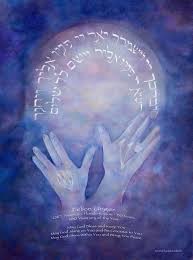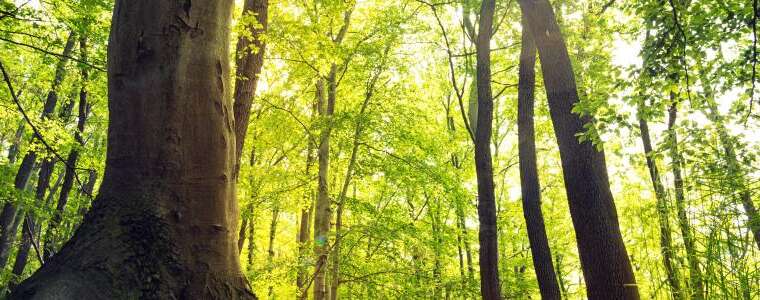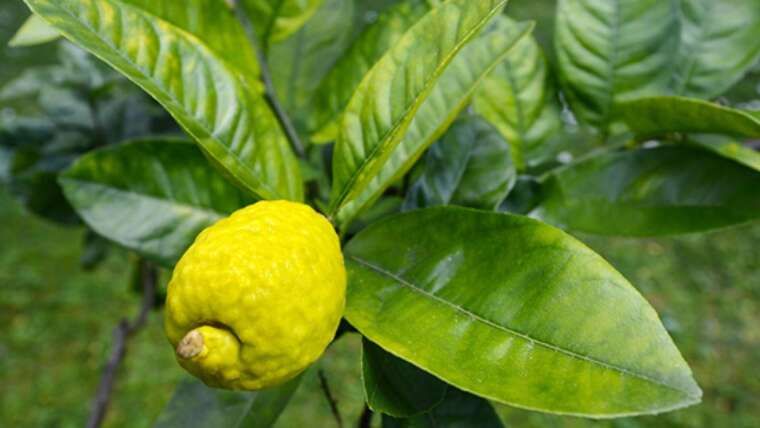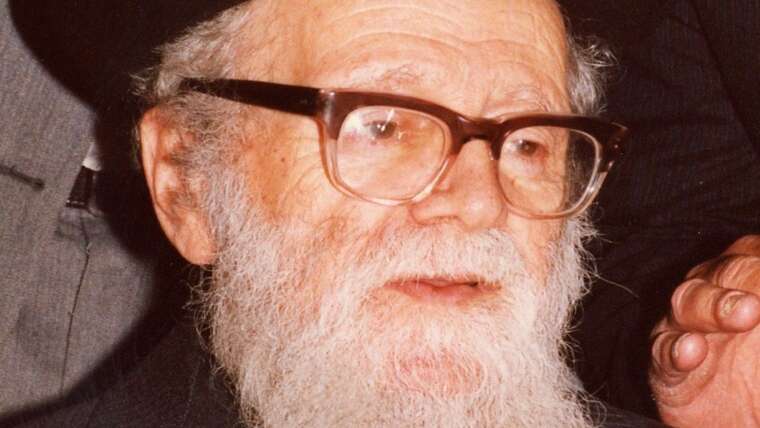This is a blot post cross posted on Sinai and Synapsis, the sponsor of our grant to explore Science in our programming for 2023:


This is a blot post cross posted on Sinai and Synapsis, the sponsor of our grant to explore Science in our programming for 2023:

The other night Shir Hadash hosted a lecture by Rabbi David Fink on the topic of Chumra and Kula within Halacha. It was a fascinating talk we hope to have online soon. In the meantime, though, we thought we’d share some of the sources discussed. In this first installment, we look at a resonsa of Rabbi Moshe Feinstein (Igeret Moshe, Even HaEzer ח”ד…

Shir Hadash offers the following psychological guidelines to support ourselves and others in this time of crisis: People have been feeling a wide range of emotions since the Hamas massacre on October 7th and the following war: sadness, anger, despair, fear, inspiration, uplift, pride; and many have wondered about personal and communal trauma that is perhaps resulting from this crisis. What…
Phones on shabbat- guidelines (From Rabbi Tanchum Gold) Additional Considerations (from Rav Tzvi Rimon): 1) You may leave the radio on ‘quiet’ stations that will interrupt the silence if and when there is emergency information you must have: 90.8, 90.5, 92.5, 100.7. 2) If there is an alarm while in shul, we will immediately cease tephilla wherever we are and…


We are pleased to announce that Shir Hadash has been selected to receive a grant in order to promote the study of Science and Religion. This project is part of an international program entitled “Scientists in Synagogues,” a grass-roots initiative run by Sinai and Synapses in consultation with the American Association for the Advancement of Science Dialogue on Science, Ethics and Religion, and…

What should a Kohen do if there is no Levi to wash his hands before Birkat Kohanim? He should look for a bechor – a first born – to fulfill this role in place of the Levi. The reason behind this halacha is due to the fact that First Borns were initially slated for this role — indeed, all the…

Here’s an interesting thought from the Talmudic tractate Bava Kama (a work highlighting the Jewish laws relating to damages). In a discussion focusing primarily on the obligations a private individual has to the public vis-a-vis the disposal of his personal property, a beautiful environmental lesson is offered. The particular law in question is the prohibition against this individual tossing rocks…

Parshat Lecha Lecha Rabbi Yehuda Amital raises a fascinating – seemingly, at first, purely literary — question on this week’s Torah portion. Abraham has just returned from his successful battle with the Four Kings and rescued all those captured during the preceding war between the Four and Five Kings (Genesis Chapter 14). The King of Sodom comes out to greet…

As part of our Summary & Comment Series on Modern Jewish Scholarship, Rabbi Pear offers (below) a brief analysis of Professor Alexander Kaye’s article, Democratic Themes in Religious Zionism. The original article can be found here. SUMMARY By primarily, but not exclusively, focusing on the writings of Rabbi Shaul Yisraeli, the article explores the National Religious Rabbinic response to the…